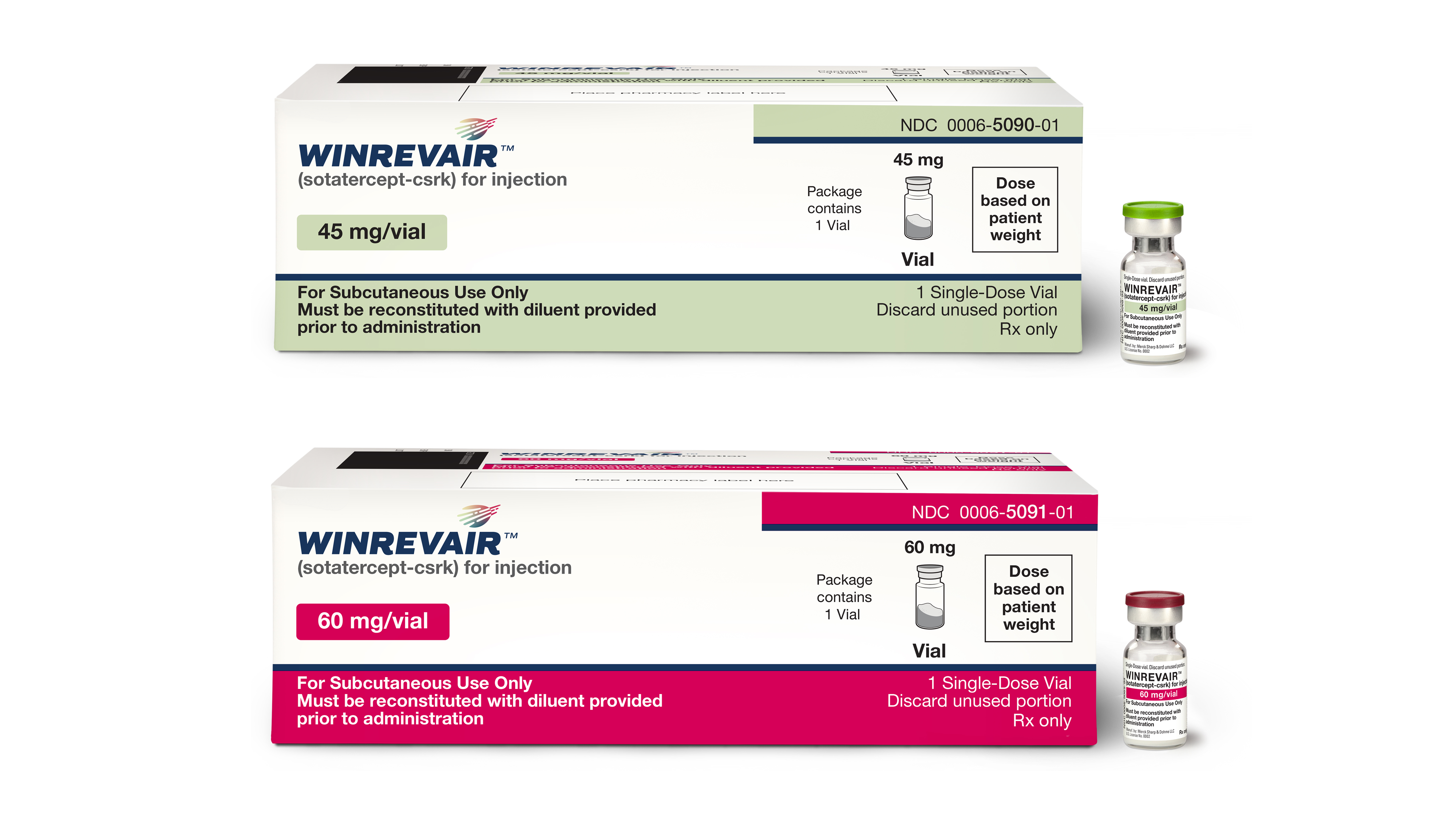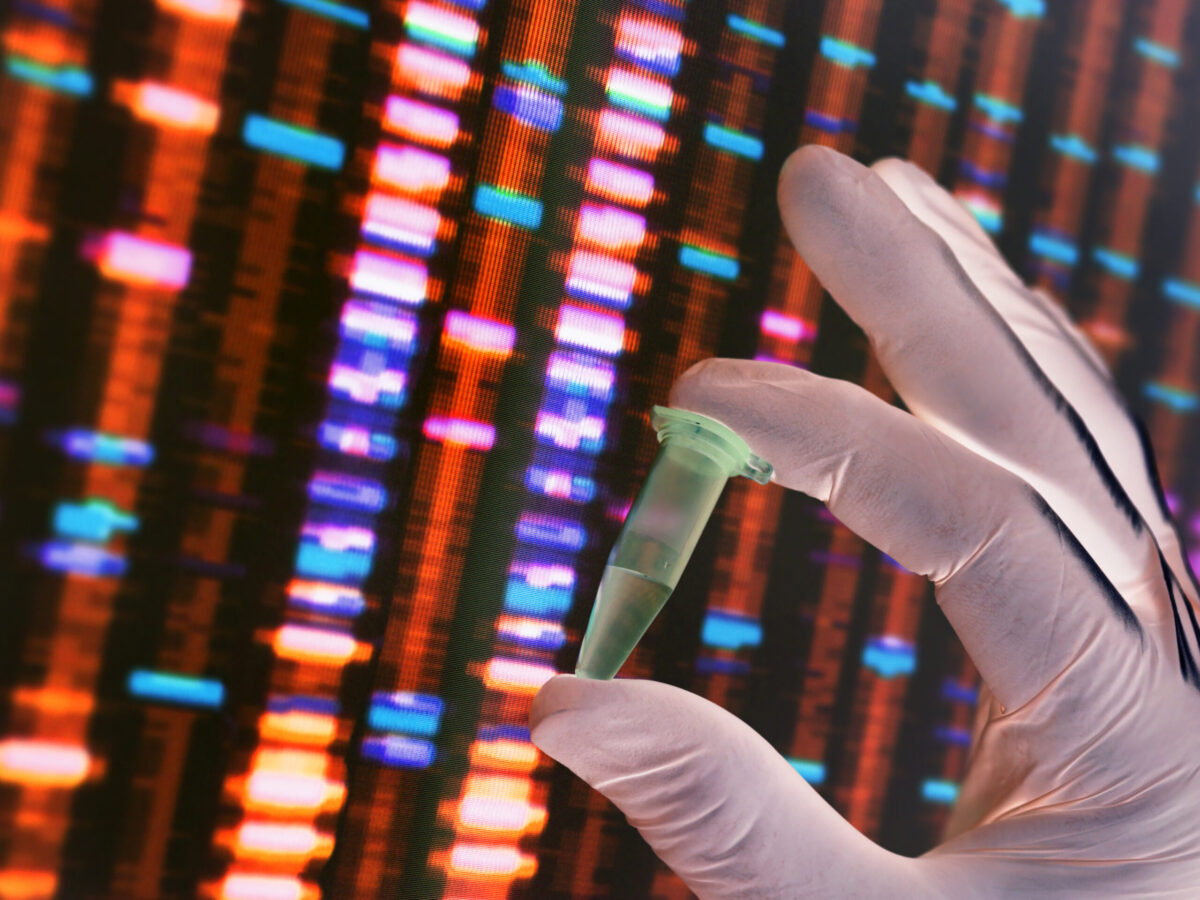Antibodies developed by researchers at Albert Einstein College of Medicine, in collaboration with the U.S. Army Medical Research Institute of Infectious Diseases (USAMRIID), may be effective against the two most lethal strains of the Ebola virus. The study was conducted in mice, and may present a significant advancement in immunotherapies designed to neutralize the virus that causes Ebola hemorrhagic fever.
“A broadly effective immunotherapy for Ebola virus would be a tremendous advance, since it’s impossible to predict which strain of the virus will cause the next outbreak,” said Dr. Jonathan Lai associate professor of biochemistry at Albert Einstein College of Medicine, and the co-leader of the study. The results of the researcher were published in the journal, Scientific Reports.
The two most pathogenic strains of the virus are the Zaire Ebola virus (EBOV), and the Sudan Ebola virus (SUDV). EBOV was responsible for the largest outbreak of Ebola in West Africa in 2014. In reference to the SUDV strain, Dr. John M. Dye, branch chief of viral immunology at USAMRIID said, “This strain is also a concern because outbreaks are occurring more frequently, and it has been responsible for large outbreaks in the past.”
Currently, a Zaire-specific vaccine is in the works, however a vaccine for the prevention of Ebola infection has yet to be approved. To complicate matters, available treatments for patients infected with the Ebola virus are limited.
The most promising immunotherapy in development today – known as ZMapp – contains three monoclonal antibodies designed to target EBOV-type Ebola virus. Unfortunately, ZMapp is not a broad-spectrum Ebola treatment, and would be ineffective against any other strains of the disease – including SUDV.
Lai and his colleagues have previously used a technique called synthetic antibody engineering to create the first antibodies against SUDV, which were also designed to be compatible with the human body. The antibodies were designed to recognize a glycoprotein on the SUDV’s surface, which is used by the virus to infect host cells. However, these antibodies were only compatible with the SUDV virus, since the amino acid sequence of the surface glycoprotein from EBOV is only 55% conserved with the that from SUDV.
In order to work towards developing a broader-spectrum immunotherapy treatment against multiple forms of Ebola, Lai and his team used the same technique to design hybrid antibodies with sequences from both surface glycoproteins from EBOV and SUDV. These antibodies were effective at destroying both strains in cell culture, and were also successful in preventing Ebola-related fatalities in mice.
While the results have been encouraging thus far, the researchers must still test the biospecific antibodies in larger mammals and humans to ensure their effectiveness. According to Lai, this type of immunotherapy may help prevent the spread of outbreaks like the most recent one in West Africa.
“It’s also possible that a therapy like this could be used prophylactically, to protect health workers or family members who come into contact with Ebola virus patients,” said Lai. While the researchers haven’t planned any further trials of the antibodies, Lai speculates that if a pharmaceutical company were to get involved, “”it could probably move the antibody fairly rapidly along the evaluation process.”
Sources:












Join or login to leave a comment
JOIN LOGIN